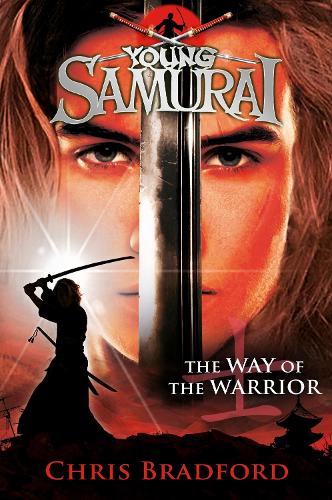


But, broadly conceived, they’re warriors who are legitimately recognized as warriors by whoever is in power at a particular time, whether that’s the court centered in Kyoto or a warrior regime in the form of a shogunate.I gave this book five stars because I liked it it has things about samurais that other books dont have historically and the way the chapters on this book.In the book, you’re looking at the samurai over nearly a thousand years. In Japan they wouldn’t necessarily use the word samurai and historians wouldn’t use the word ‘samurai’ because it has a very specific meaning. ‘Samurai’ is the popular term in the West to refer to warriors in general.

And then, later in history, the shogunate becomes the de facto national power.It’s quite unique, historically, this emperor with no power.Yes, the weak emperor model dates from maybe the 17th century or so.Yes, essentially, though the emperor had a good run from the late 19th century to 1945, as a figurehead at least.In your book, Samurai: A Concise History, you’re often putting right misconceptions about them. The shogunate represents the power of warriors at any given moment: in the beginning it’s very, very weak, it’s certainly a junior partner to the court and nobility in Kyoto. It was there to adjudicate any problems among warriors or between warriors and non-warrior nobility in Kyoto. In fact, a lot of samurai thought and ethos and philosophy come from the Chinese military classics: I tell my students, ‘If you want to understand samurai thought, you should read the seven military classics of China.’ But I would say that the warriors—as their own separate ruling group, as their own caste, something that you’re born into—are unique to Japan in Asian history.“Samurai is ‘one who serves.’ So in its original meaning it could actually have referred to people who were not warriors”Before we get to the books you’ve chosen, just one more question in terms of understanding the whole system: how did the samurai relate to the Shōgun?The Shōgun or the shogunate was a government of warriors, mostly for warriors. They still have to negotiate power with the court and nobility in Kyoto and the emperor, but it’s clear that they’re the dominant partner in that partnership.Is it unique to Japan, this setup where you have the emperor and the nobility and then, separately, a warrior class?It’s often the claim that in Chinese and Korean history you do have soldiers and warrior specialists. I’d say once we get into the late 13th and early 14th century, then the warrior regime really starts to dominate they become the hegemonic power at that point.
Way Of The Samurai Book Code Of Chivalry
That idea actually dates from the very late 19th and early 20th century. There’s a wonderful book about the creation of modern bushidō by Oleg Benesch— Inventing the Way of the Samurai—that talks about this, but that’s the biggest myth, that there was a code of chivalry equivalent to that of the knights in Europe. The biggest one is that there was some kind of well-defined code of the samurai, this idea of ‘bushidō’ that a lot of movies are based on.
Especially in early Japanese history, they are the portfolio managers, if you will.Some of them don’t even go and live with their husbands, do they?Marriage is not at all what we think of as marriage, and earlier in Japanese history, warrior women had a lot more independence than they did later.One nice thing about your book is that it gives you an inkling of what’s going on in Japanese history generally. Not as in women going out and conducting warfare, but wives of warriors and how important they were to the management of a warrior family and warrior property. Going to war is not the largest part of what they do, it’s probably the least of what they do.The third reality I like to emphasize is the centrality of warrior women. By that point, they’re sword-wearing bureaucrats. They’re doing all kinds of jobs and especially from the 17th through the 19th centuries, it’s quite mundane office work.


 0 kommentar(er)
0 kommentar(er)
